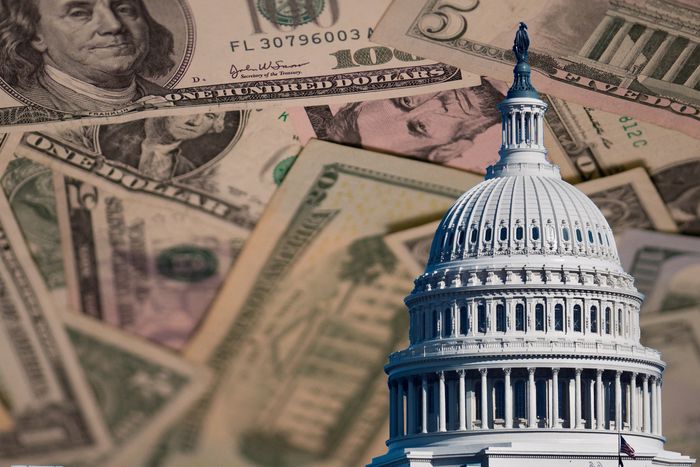
Navigating the world of subprime benefits can feel daunting, but with the right guidance, you can effectively leverage these resources to improve your financial health and overall quality of life. This guide is designed to help you, a member of the subprime demographic and an everyday American needing assistance, make the most out of the benefits available to you.
Understanding Subprime Benefits
Subprime benefits are financial products and services designed for individuals with lower credit scores or limited credit histories. These benefits cater to those who may find it challenging to qualify for traditional financial products, like prime credit cards or loans. Subprime benefits include a range of options, such as:
- Subprime Credit Cards: Designed for individuals with lower credit scores, these cards often have higher interest rates but can help rebuild credit.
- Secured Loans: Loans that require collateral, making them easier to obtain for those with less-than-perfect credit.
- Government Assistance Programs: Programs like SNAP (Supplemental Nutrition Assistance Program), Medicaid, and housing assistance offer financial support for essential needs.
Maximizing Subprime Credit Cards
Subprime credit cards can be a powerful tool to improve your credit score and manage your finances. Here’s how to make the most of them:
1. Pay on Time
Timely payments are crucial for building a positive credit history. Set up automatic payments or reminders to ensure you never miss a due date. Each on-time payment contributes positively to your credit score.
2. Keep Balances Low
High balances can negatively impact your credit score. Aim to keep your credit card balance below 30% of your credit limit. This shows lenders that you can manage credit responsibly.
3. Monitor Your Credit Report
Regularly check your credit report for errors or discrepancies. You are entitled to one free credit report annually from each of the three major credit bureaus (Equifax, Experian, and TransUnion). Correcting any inaccuracies can positively impact your credit score.
Leveraging Secured Loans
Secured loans are another valuable subprime benefit, offering access to credit when unsecured loans are not an option. Here’s how to use them effectively:
1. Use Collateral Wisely
Ensure that the collateral you use for a secured loan is something you can afford to risk. Common collateral includes savings accounts, vehicles, or property. The value of the collateral should match the loan amount closely.
2. Loan Repayment
Just like with credit cards, consistent on-time payments are critical. Create a budget that includes your loan repayment schedule to avoid late fees and potential loss of collateral.
3. Shop Around
Different lenders offer varying terms and interest rates. Take the time to compare options to find the best deal that fits your financial situation.
Making the Most of Government Assistance Programs
Government assistance programs can provide crucial support for those in need. Here are some tips to maximize these benefits:
1. Understand Eligibility
Each program has specific eligibility criteria. Ensure you understand these requirements to determine if you qualify. For example, SNAP eligibility is based on household income and size.
2. Utilize All Available Resources
Many programs offer additional resources beyond financial aid. For instance, SNAP provides nutrition education and employment training programs. Take advantage of these resources to enhance your overall well-being.
3. Keep Documentation Organized
Maintaining organized records of your applications, approvals, and any required documentation can streamline the process of applying for and renewing benefits.
Building Financial Literacy
A strong foundation in financial literacy is essential for making the most of subprime benefits. Here are some key areas to focus on:
1. Budgeting
Create a budget that outlines your income, expenses, and savings goals. A well-structured budget helps you manage your money, avoid overspending, and prioritize financial goals.
2. Saving
Even small amounts saved consistently can build a financial cushion over time. Consider opening a savings account and setting aside a portion of your income regularly.
3. Understanding Interest Rates
Familiarize yourself with how interest rates work, especially on credit cards and loans. Knowing the true cost of borrowing can help you make informed financial decisions and avoid high-interest debt.
Utilizing Financial Counseling
Financial counseling can provide personalized guidance and support, helping you navigate your financial challenges and make informed decisions. Nonprofit organizations like the National Foundation for Credit Counseling (NFCC) offer free or low-cost services, including:
- Credit Counseling: Professionals can help you understand your credit report and create a plan to improve your credit score.
- Debt Management Plans (DMPs): If you’re struggling with debt, a DMP can consolidate your debts into one manageable payment.
- Financial Education Workshops: These workshops cover various topics, such as budgeting, saving, and managing credit.
Making the most of subprime benefits requires understanding the options available, using them wisely, and continuously improving your financial literacy. By leveraging subprime credit cards, secured loans, government assistance programs, and financial counseling, you can take significant steps toward financial stability and empowerment.
Remember, your financial journey is unique, and seeking support when needed is a sign of strength. Utilize the resources and benefits available to you, and stay committed to building a brighter financial future.